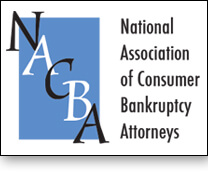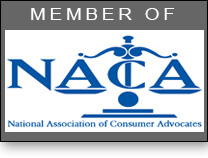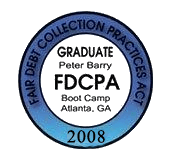Diana Louise Carter, Rochester (N.Y.) Democrat and Chronicle
ROCHESTER, N.Y. — That familiar swiping motion we make at the checkout is about to go the way of the Walkman.
Even if you’re not one of the millions able to tap into Apple Pay or Google Wallet, changes in the security measures of traditional payment cards are prompting many merchants to switch to a new kind of credit card reader by October 2015.
Led by Visa and MasterCard, card issuers are adopting a new type of credit card that contains a computerized chip as a more reliable form of encryption than the magnetic strip on the back of credit cards, debit cards and ATM cards. Eliminating the strip eliminates several vulnerable points, including electronic skimmers criminals sometimes install on ATM machines to gather data.
New pin pads are already at merchants such as Wegmans, though its machines have yet to be hooked up to read the chips in credit and debit cards. The chip reading part of the pin pads will be online by next fall, said Dave DeLaus, senior vice president and chief information officer at Wegmans.
Once consumers get a new card with an Europay MasterCard Visa (EMV) chip in it — many received them after breaches at Target and Home Depot — they’ll have to insert the card at the beginning of a purchase and wait for the payment to be credited.

USA TODAY
“Once people get familiar with that process, it’ll be a no-brainer as far as accepting that card,” said Chris Christanis, owner of The Peppermill Restaurant in Rochester. Christanis recently had new pin pads installed at his restaurant that can read the encoded chips on the new cards. They also read the old-style magnetic strip cards.
He’s been using his own chip-equipped Sam’s Club credit card for purchases at the warehouse club. Christanis said he got the card when Sam’s Club switched credit card companies.
“The transaction is going to take a little longer,” said Hiram Hernandez Sr., founder of First Capital Payments, a Rochester company that processes credit card payments for businesses around the country. “They have to slot the card into the machine. It’s not like swiping.”
But getting used to a different method of paying won’t be a problem for customers, those familiar with the cards have said.
“The value of the security of the chip totally outweighs any inconvenience of one or two seconds the transaction takes,” said Sandy Roberts, a vice president overseeing IT and computers at Canandaigua National Bank.
“For the merchants, it’s going to be fantastic because they just don’t have liability,” Hernandez said.
Part of what’s driving the change is an attempt by the credit card associations — made up mostly of banks — to shift the liability for fraudulent charges from the credit card issuers to merchants if merchants don’t adopt the new technology. If merchants adopt before October 2015, banks have agreed to retain the liability for the charges. The deadlines for adopting debit cards and ATM cards with chips will come later.
“Card brands are taking on a greater level of responsibility but at a lower amount. People expect breaches to be smaller with ‘chip and pin,’ ” said Paul Green, a partner at Harter, Secrest & Emery LLC, who represents a major credit card company and works with clients on privacy and fraud issues.
“In Europe they implemented the ‘chip and pin’ technology decades ago,” Green said. “That cut their fraud by about 60 percent.” The United States didn’t follow suit, he said, because credit card issuers felt “it cost less to pay for the breach than it does to pay for technology. Recent breaches have changed that thinking.”
Companies didn’t want to pay for the new technology without being sure that others were going to be on board. too.
“Without the network creating this liability shifting, folks were in a chicken-and-egg scenario,” said Leanne Hughes, administrative vice president of M&T, based in Buffalo.
How fast the country can move to install the necessary hardware and software to adopt the new payment processing methods, though, remains a question.
“It’s a big move and everybody has to work together,” said Roberts.
Hernandez believes many small merchants won’t make the deadline. The new terminals cost several hundred dollars to more than $1,000 each. But supply and demand issues may also come into play.
“We are kind of at the mercy of the equipment manufacturers, the software developer and the front- and back-end processor,” he said.
One thing the new cards won’t do, but Apple Pay does, is make a transaction more secure when it’s done online, several sources said. Greater security and a seamless system were the reasons several said Apple Pay already appears to be adopted more widely than Google Wallet, introduced several years ago, and other payment apps.














